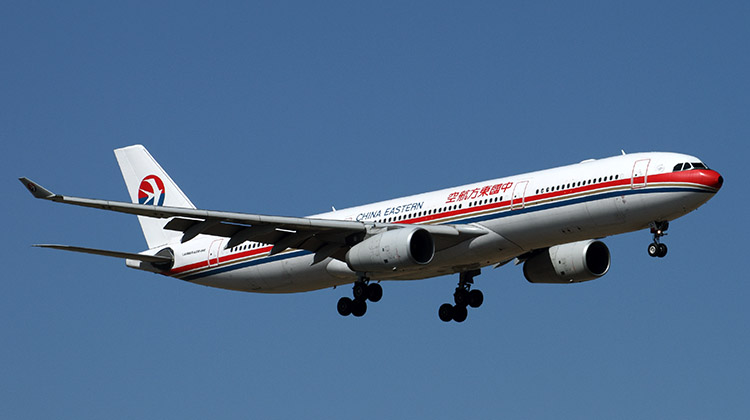
Wind the clock back a little and seemed like there was a new nonstop route between Australia and China being launched every other month.
The arrival of new inaugural services from Chinese carriers linked some of the so-called secondary cities in China with Australia for the first time and kept Airservices Aviation Rescue and Fire Fighting (ARFF) trucks busy in rolling out the welcome mat.
Figures from the Bureau of Infrastructure, Transport and Regional Economics showed there were a tick under 4.4 million seats flown on non-stop services Australia and China in the 12 months to June 30 2018, up 25 per cent from 3.5 million seats in the prior corresponding period.
Meanwhile, figures from Tourism Australia showed the number of Chinese visitors to Australia rose 5.5 per cent to 1.4 million in calendar 2018.
Ctrip Group senior airline director Ooi Chee Teng says figures from the online travel company’s bookings showed there was high demand and high growth in terms of direct flights between Australia and China.
“This year, first quarter year-on-year growth from China to Australia in Ctrip we actually experienced about 18 per cent growth, which is considered pretty good because the market outbound growth is only 10 to 11 per cent,” Ooi told Australian Aviation during a recent visit to Sydney.
Ooi said Shanghai-Melbourne and Shanghai-Sydney were the two most popular routes in the China-Australia market.
However, he noted there were a number of additional routes that were experiencing growth of greater than Ctrip’s 18 per cent average, such as China Southern’s Guangzhou-Sydney route.
While the majority of Chinese visitors to Australia are heading to this country on package tours, Ooi said figures from Ctrip showed the number of what the industry termed free independent travellers (FIT) is also on the rise.
“From our statistics we actually see that both sides are growing, tour groups and FITs are growing,” Ooi said.
“We see higher growth on the FIT. I think the Chinese consumers are getting more affluent, they want to plan their own trips.
“If you look at the FIT travellers that come out to Australia, a majority of them will coming out from the major cities in China – Shanghai, Guangzhou and also Beijing.
“The people there, the travellers there, are much more educated, so the language barrier is less of a factor.”

By contrast, those arriving into Australia from secondary Chinese cities were likely to prefer package tours for the peace of mind of knowing all the arrangements have been taken care of and not having to worry about the language barrier.
Helping those independent travellers build their own itineraries is the ever increasing ability to access information on their destination online, from review sites to social media posts and, increasingly, resources via booking channels such as Ctrip and others.
Specifically, Ctrip has what it describes as its gourmet list, where users post photos and reviews of their experiences for others.
Headquartered in Shanghai, the Ctrip Group has been a public company since 2003, when it listed on United States NASDAQ stock exchange.
In addition to its Ctrip online travel business, the group also has in its portfolio the likes of Skyscanner and Trip.com.
While Ctrip focuses on the outbound Chinese traveller, the company has used the Trip.com brand to expand internationally to better meet the different expectations of each individual market.
And that expansion now includes Australia, with Trip.com holding its official Australian launch in Sydney on April 10.

“We have a dedicated product team, a dedicated customer service team that is meant for the international consumers,” Ooi said.
However, company can leverage the combined Ctrip and Trip.com operation to take advantage of economies of scale and the consumer data to offer travellers more relevant and competitively priced products.
Ooi described Australia as an “incubator market” for Trip.com.
“Australia is a huge market and Australians like to travel,” Ooi said.
“We are committed to growing the market in Australia.”

One difference between the Chinese market and other parts of the world, including Australia, is the huge use of mobiles for travel bookings, according to on Ctrip data.
“For flights, 70 per cent of our bookings from Chinese consumers are on mobile, 20 per cent is on the desktop. The rest are offline,” Ooi said.
By comparison, the figure for Australia was at 40 per cent. Albeit rising.
“We believe that the trend, even for Australia and any other market, is going towards mobile. Ctrip and Trip.com has adopted a mobile first, app first, technology.”











